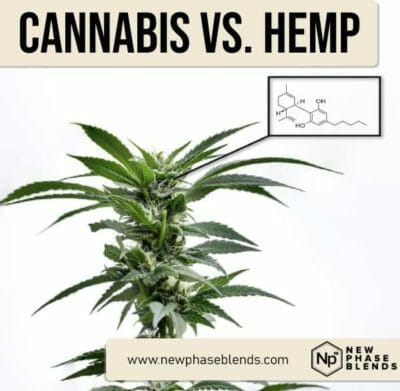As interest in Cannabidiol (CBD) increases, so does the discovery of its derivatives for medical research purposes. You can now find various CBD products with multiple health benefits. But they also have distinct terminology, which confuses the commoners.
Hemp vs. cannabis, for example, is one of the most perplexing concepts that stir up confusion among people. CBD consumers frequently misidentify whether the goods they use are derived from Hemp or cannabis. The majority didn’t even know that they were different products until the US Department of Agriculture legalized Hemp in 2018.
You will find this guide beneficial if you, too, can’t tell Hemp and cannabis apart. This article covers everything about Hemp and cannabis, what they are, how and how they differ from one another. So, let’s jump straight in, shall we?
Hemp vs. Cannabis: A Brief Overview
Cannabis is a species of plant that contains two sub species: industrial hemp (or simply ‘hemp’) and marijuana.
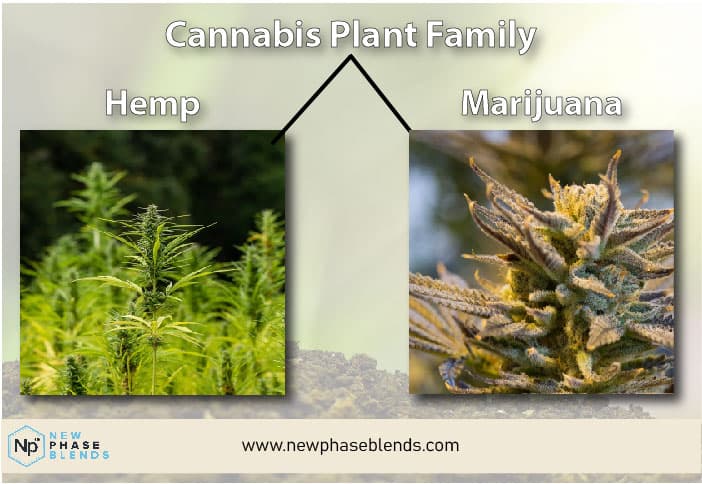
As you can see in the image above, both of these species make up what is called the Cannabis plant family. There is a third species that is somewhat rare, called cannabis ruderalis, but for the purposes of this article we won’t discuss it.
Since their sourcing plants have different classifications, names, and compositions, hemp CBD and marijuana CBD are considered different products, and carry different laws surrounding their use.
What Is Cannabis?
If you find the name unfamiliar, try replacing it with marijuana or slang like weed, ganja, or Mary Jane. Cannabis plants are classified into three types: indica, sativa, and ruderalis.
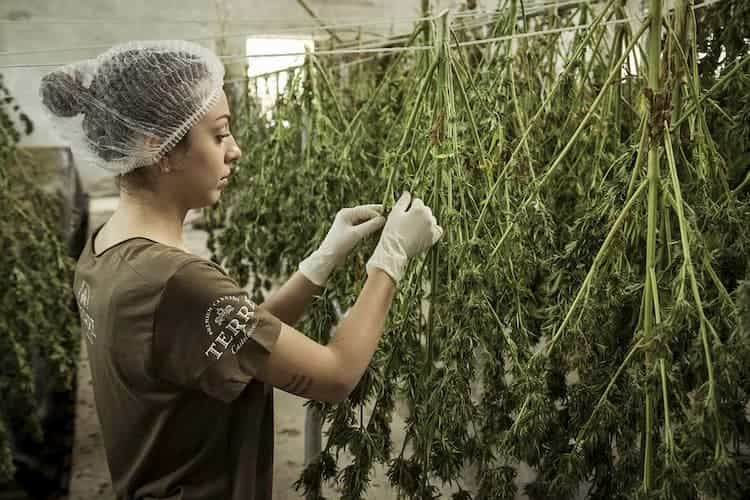
There are also hybrid plants that are a cross between these three races. The number of hybrids is starting to reach the thousands. If there is a strain out there, I guarantee you there are hybrids of it at this point in time.
Cannabis plants are short, dense, and bushy, with large leaves that run the length of the plant’s stalk. Their height varies according to the species; Indicas are short and rarely grow taller than 6 feet. Sativas, on the other hand, are usually 20 feet tall. The sizes of hybrid cannabis species depend upon whether they are Indica or Sativa dominant.
What Is Hemp?
Hemp is a subspecies of Cannabis sativa. Industrial Hemp has a lengthy history, with Thomas Jefferson, the third US president, growing it personally. The 2018 Farm Bill states that all cannabis Sativa plants with less than 0.3% THC are classified as Hemp.
Hemp plants are thin and tall, usually 18.22 feet in height. They have buds that are called hemp flowers. You may find them in bunches towards the stalk’s tip coated in fine, crystal-like resins called trichomes. Hemp leaves are also relatively thin and can be located near the top of the stem, near the trichome-rich buds.

The color of hemp plants varies. Some are a lighter shade of green, while others are grey. Manufacturers mainly use the hemp plant’s leaves and flowers when producing processed hemp CBD products.
Hemp vs. Marijuana: Key Differences
Related read: Hemp Oil vs CBD Oil
There are a few differences between the two plants, but the biggest differentiating factor between the two plants is THC content. Hemp contains less than 0.3% THC (by law), and marijuana can contain over this amount.
Listed below are the key differences between hemp and marijuana so that you can better distinguish between these products the next time you shop for a CBD product:
1. Chemical Composition
Both Hemp and marijuana contain 540 various plant chemicals, including cannabinoids and terpenes. However, the difference arises in the amount of these components both plants contain.
Marijuana has a higher concentration of THC. On the other hand, hemp has a higher CBD content and a lower THC content. Regular industrial hemp has up to 4-6 percent CBD; however, carefully bred hemp types can include up to 20-25 percent CBD, or even more!
Related: The Differences Between THC and CBD
Some strains contain higher proportions than the others but are ideally more than 0.3%. Marijuana is a Schedule I drug, illegal in the US because its chemical composition can make a person high.
Nevertheless, more than two-thirds of the states have permitted it for medical use.
2. CBD Oils
Hemp oil and medicinal cannabis oil are derived from several strains of cannabis and different elements of the plant.
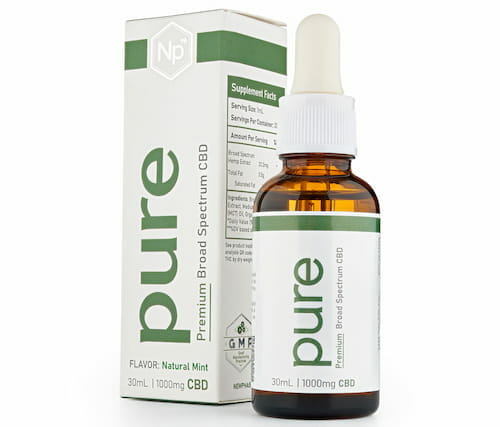

Enjoy 15% off your order of 'pure' CBD drops by entering coupon code pure15 at checkout!
Hemp derived CBD oil is made from the flower and leaves of the hemp plant. Medical cannabis oil is also derived from the marijuana plants’ leaves, stems, and flowering head. The big difference here is, again, that marijuana derived products will get you high. Hemp derived stuff will not.
3. Extraction Methods
Hemp oil is extracted similarly to how marijuana oils are made.
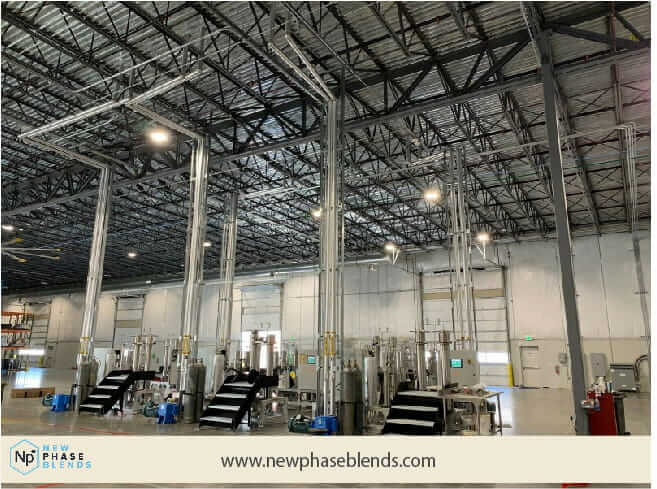
Medical cannabis oil is typically extracted from the flower using a solvent. To dissolve the active chemicals, cannabis plant material is combined with a liquid solvent such as ethanol or supercritical CO2.
The solvent is then removed, leaving a resin containing a high concentration of cannabinoids. After that, the resin is combined with oil.
4. Uses
Industrial Hemp and its fibers have historically been used to make clothing, rope, shoes, rugs, and paper. It contains polyunsaturated fatty acids, and the omega-6 to omega-3 ratio in the hemp seeds is great for skin and hair health. It is commonly used to create lotions and creams that people apply accordingly.
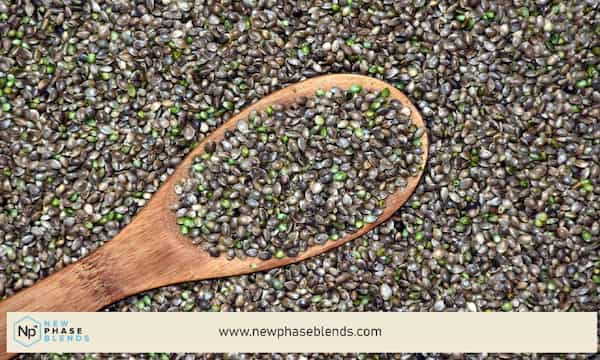
It is important to note that these seeds do not contain any cannabinoids, like CBD, at all. Do not buy hemp seed oil thinking that it is CBD oil, because it isn’t.
5. Legality
Hemp and marijuana are obtained from different species of the same cannabis plant. However, CBD obtained from hemp is lawful under US federal law, whereas that extracted from marijuana is not.
CBD extracted from Hemp is chemically identical to CBD extracted from marijuana plants. It has the same benefits regardless of whether it is extracted from the Hemp or cannabis plant. Likewise, common adverse symptoms, such as an upset stomach, tiredness, or agitation, remain unchanged.
CBD’s bizarre legal history in the United States is mainly due to drug laws directed at recreational marijuana users. The Agricultural Improvement Act of 2018 differentiated the two.
Which One Is Medicinally Better – Hemp Or Cannabis?
This is a common question that is incorrectly phrased. Remember, cannabis is the over all species of plants that accounts for both hemp and marijuana. So, to be technical, cannabis and hemp are the same thing.
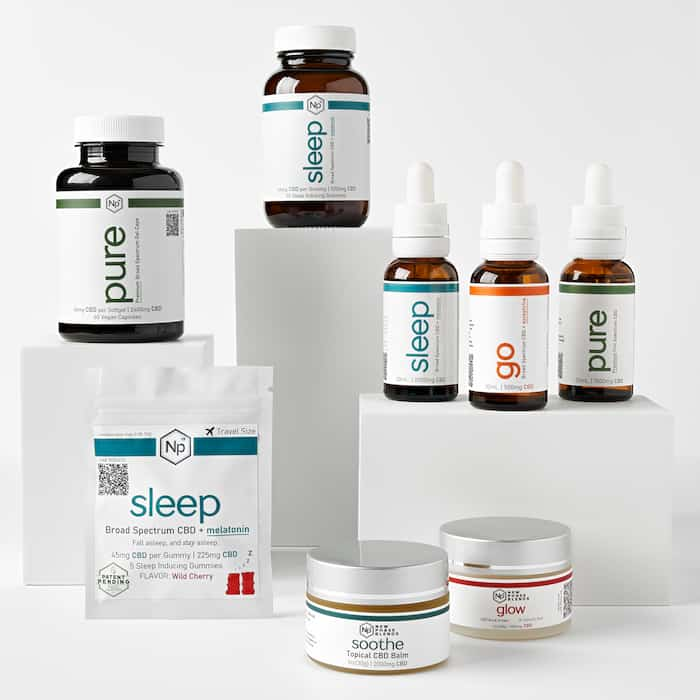
What many people want to ask, is what the differences are between hemp and marijuana.
Both hemp-derived full-spectrum CBD products and marijuana-derived goods are beneficial since they contain many plant chemicals such as CBD, THC, minor cannabinoids (CBN, CBC, CBG), terpenes (linalool, limonene, and so on), and flavonoids.
It is debatable whether hemp or marijuana is superior medicinally – generally, it depends upon the illness being treated.
Studies suggest that CBD-rich marijuana extracts may be better for certain diseases. It has a higher therapeutic potential than full-spectrum hemp CBD for specific medical disorders, according to some studies.
Hemp vs. Cannabis: Find the Right One for You!
When it comes to cannabis benefits, there is no one-size-fits-all solution. We believe that experimenting with different products is the best approach to determining which product is best for you. However, it would be best to start with hemp products since they do not create an intoxicating effect.

Additionally, you should always try premium quality products, mainly because many substandard products are available. We recommend trying New Phase Blends CBD Products.
They offer a wide range of hemp-derived CBD products, including oils, gummies, capsules, and skincare products. They also have CBD e-books to give you a complete insight into these naturally-derived products.



